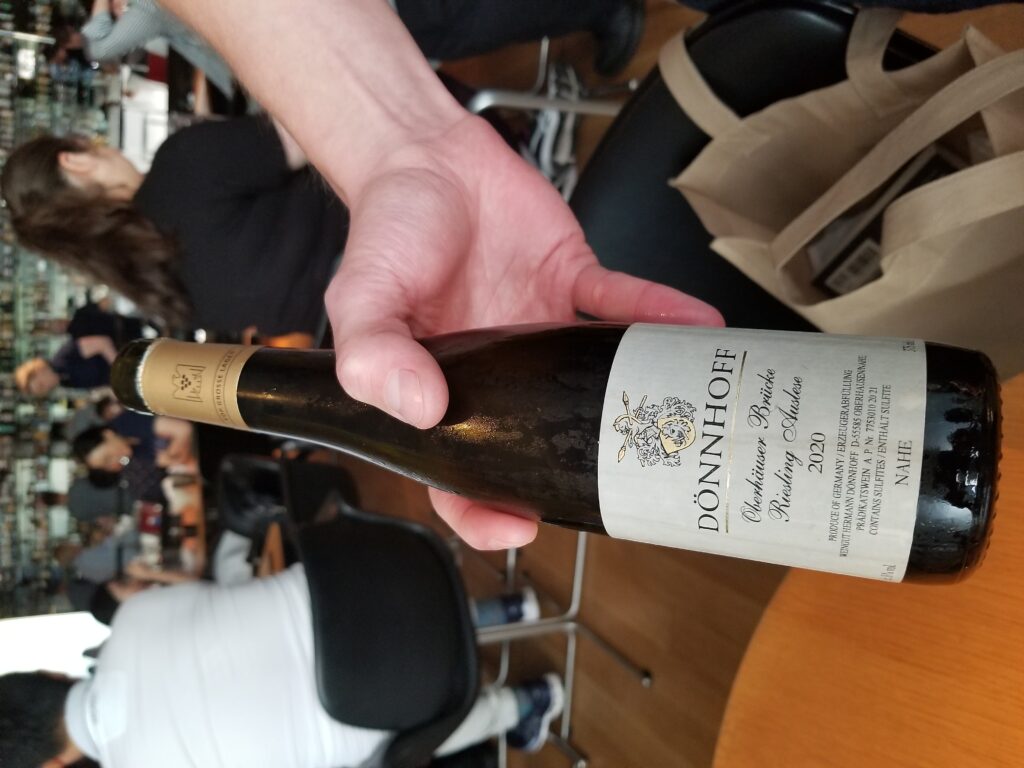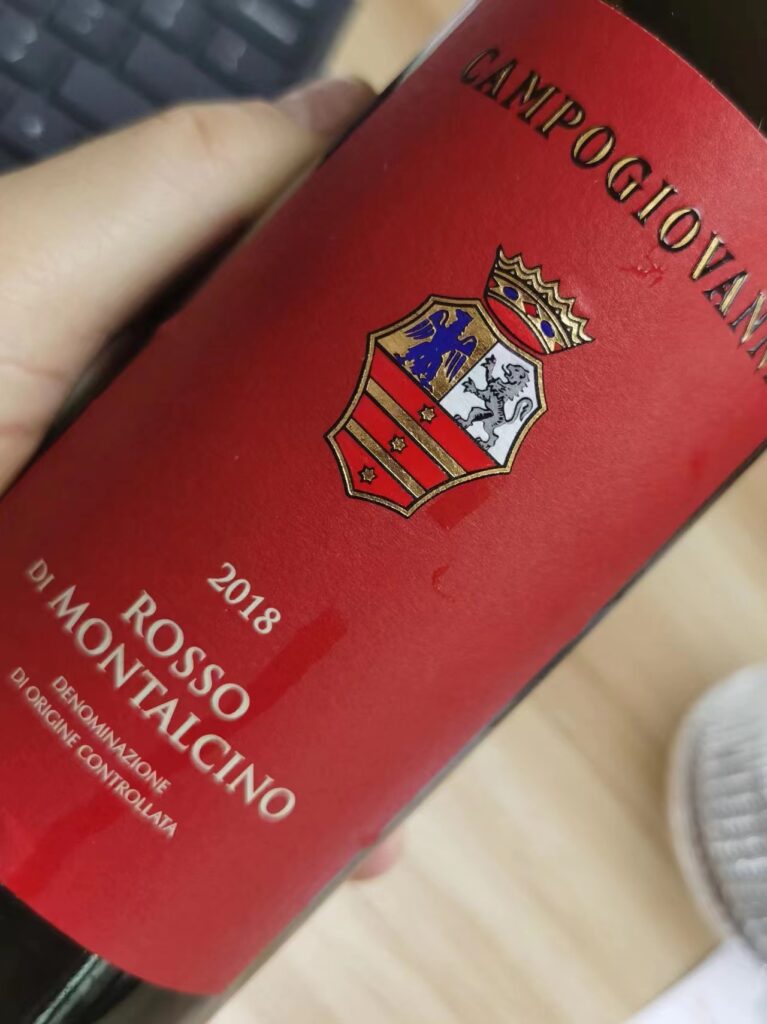Dönnhoff 2020 Oberhauser Brucke Auslese Gold Capsule 95

This is going to be the most difficult review I have yet written for TerroirSense. I recently had the opportunity to taste one of Germany’s iconic Auslese from the incomparable Dönnhoff estate in the Nahe. The Dönnhoff Rieslings from dry to super sweet are among the half dozen best made anywhere in Germany. The consistency and age worthiness of the Dönnhoff wines is as notable as their excellence. Yet I must report disappointment with a glass of the 2020 Oberhauser Brucke gold capsule Auslese which I nursed over the course of an hour. Perhaps frustration is a better word. Yet I had to remind myself that I had violated my rule about Auslese: they should not be touched until five years in the bottle from the vintage date. The grapes harvest at the Auslese level not only come in at a hefty sugar level but with elevated acidity and dry extract. There is much more going on in an Auslese than at the lower Prädikat levels. A young Auslese is in effect a raw wine. One might think that the high natural sugar of a young Auslese automatically makes the wine taste delicious. This in fact is rarely the case. It is time and slow oxidation which enables Auslese to fulfill their potential. Try as I might in swirling the wine in the glass, this young Auslese could not be budged in the direction of accessibility. I add that the wine being a gold capsule means that it was made from grapes in which had begun to set foot noble rot. Botrytis cinerea imparts more than a touch of bitterness to the wines which over time makes a wonderful foil and contrast for the inherent sweetness. But initially it can detract from the rest of the wine. I have rarely tasted a young Riesling that was less ready for public display! The wine in question comes from a small vineyard (about 1.2 hectares) owned entirely by the Dönnhoffs: the Brucke vineyard, one of nine grand crus made at Dönnhoff. Early flowering and late ripening mean that it is notable as a botrytis trap site. I generally prefer the wines from the nearby Hermansholle vineyard which have a clarity and precision which are inimitable. The main “problem” with the 2020 Auslese Gold Capsule it that is far too young to deliver its full possibilities. I am inclined to score it on potential and past history alone. I should not be opened for at least five years, but given my score you can infer its potential is huge. Drinking window. 2027 -2037
Campogiovanni 2018 Rosso di Montalcino 94

It’s not often that a Rosso di Montalcino gets scored 94 points, a lofty level usually reserved for its bigger brother, Brunello. But once in a while, and actually more often than you might expect, you come across Rosso di Montalcino wines that are just as good as any Brunello out there. And so it is with the Campogiovanni 2018 Rosso di Montalcino, one of the prettier Sangiovese wines you will get to taste this year. Campogiovanni is owned by the same folks who run the outstanding San Felice Chianti Classico estate, one of my favourites because the wines are rock solid and do not cost an arm and a leg; furthermore, the estate has a long and notable history in research and development, and deserves credit for all the work it has done on reviving old Italian native grapes (for example, it cannot be denied and should never be forgotten that if we have Pugnitello to talk about today, it is thanks to San Felice). The Campogiovanni estate is their Montalcino winery, located in the warm, flatter Sant’Angelo Scalo area (everybody prefers to just say Sant’Angelo today because nobody likes the sound of ‘Scalo”, which means “station” or “train/ship/truck stop”, but that is not exact as Sant’Angelo in Colle and Sant’Angelo Scalo are two very different vineyard areas). Fact is Sant’Angelo Scalo delivers very ripe, forward, fleshy Montalcino wines that can be beautifully smooth and broad, with a sexy sweet spicy note that is very different from the inky-mineral and crisper fruit profile of the Montalcino wines from the northern side of the hill. It is important to realize that the Rossos and Brunellos from the southern and the northern side of the Montalcino hill are very different expressions of Sangiovese, and which you will prefer really depends on the style of wine you like: one is not better than the other.
Campogiovanni’s 2018 Rosso di Montalcino is a lively and very pretty medium-pale red colour. The perfumed, very inviting nose of strawberry, sour red cherry, minerals, and white pepper is lifted by a strong note of very pure violet and will drive you back to your glass sip after very embarrassingly fast sip. Silky, juicy and long on personality, this Rosso is an absolutely delicious medium-bodied, very fresh red wine long on flavour and purity (with a steely note to its red berry, fresh citrus and sour red cherry flavours). The finish is very long and vibrant, beautifully focused and nicely extended by harmonious acidity and suave tannins. As I have written before, if this isn’t the best Rosso di Montalcino of 2018, it’s in the top three. It also showcases just how underrated the 2018 vintage is in Montalcino, and what great wines could have been made that year. Drinking window: now-2027.

 中文
中文



